Articles
Featured Articles
Read our latest stories on the people and scientific innovations making a difference in patients’ lives.
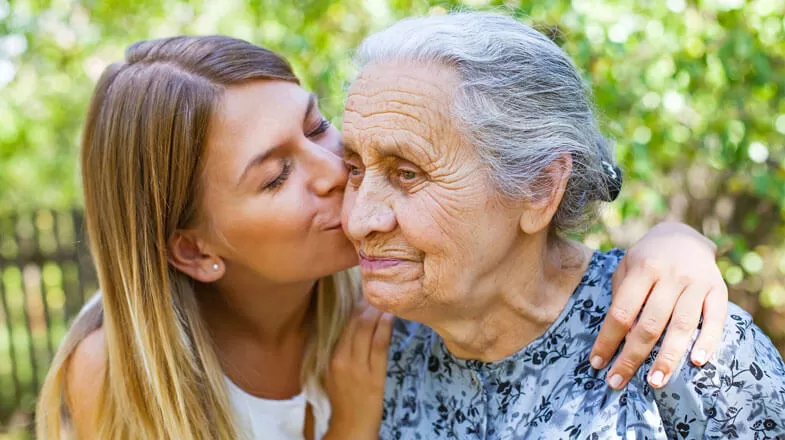
Living & Wellbeing
Caregiver Support: A Guide to Self-Care for Caregivers
A mother helps her daughter through dialysis at night and goes to work without sleep.1 A wife cares for her husband as he spends 110 days recovering from treatment for acute myeloid leukemia in a hospital 250 miles from home.2 A son quits his job to support his mother after she suffers a series of strokes.3Each caregiver’s story is different, but their combined efforts serve as a lifeline to millions of people. Caregivers support children, parents, grandparents, family members, spouses...
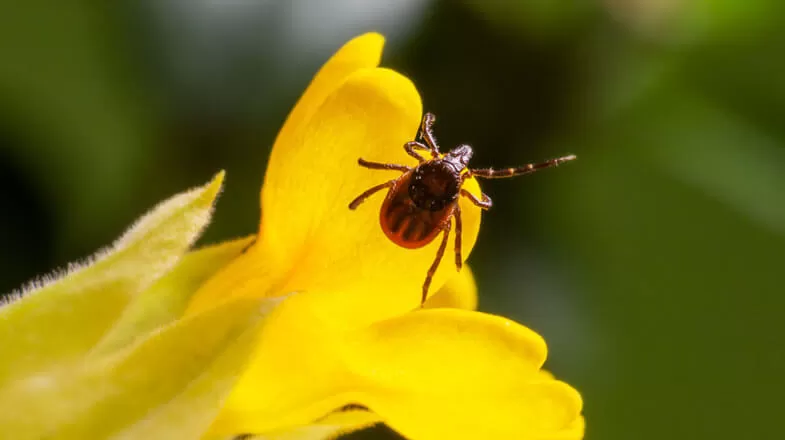
Living & Wellbeing
How Climate Change is Affecting the Spread of Lyme Disease—and 5 Things You Need to Know About the Disease
As the weather gets warmer, many of us will be spending more time outside, indulging in our favorite summer activities—and exposing ourselves to the elements, including a booming tick population. The incidence of Lyme disease has more than doubled over the last 24 years1 because populations of disease-carrying Ixodes ticks, better known as black-legged or deer ticks, have increased and expanded their ranges.2You don’t need to cancel summer adventures, but understanding ticks, the impact of...
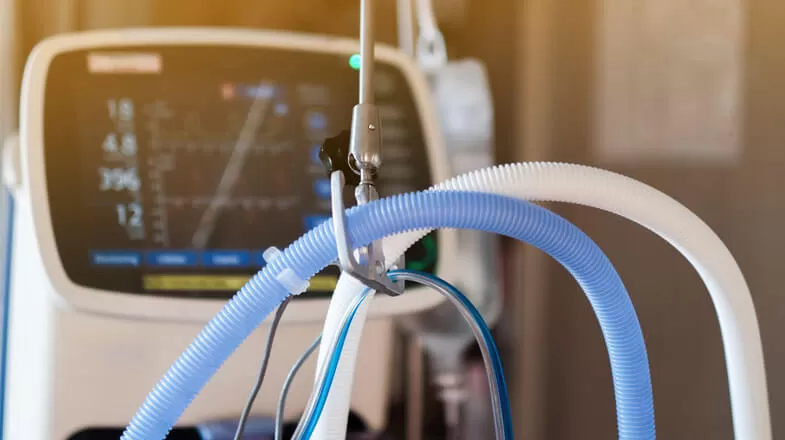
Living & Wellbeing
Severe COVID-19 and the Continuing Importance of Protecting High Risk Populations
The concept of "severe COVID-19" can be a frightening one, especially when the term itself is so often misunderstood or confused with having self-assessed severe symptoms of COVID-19.Approximately 80% of those who test positive for COVID-19 have mild to moderate illness.1 But adults 50 and older and people of any age with certain underlying health conditions are at high risk of progression to severe COVID-19. That adds up to two in five people worldwide who are at increased risk for severe COVID...
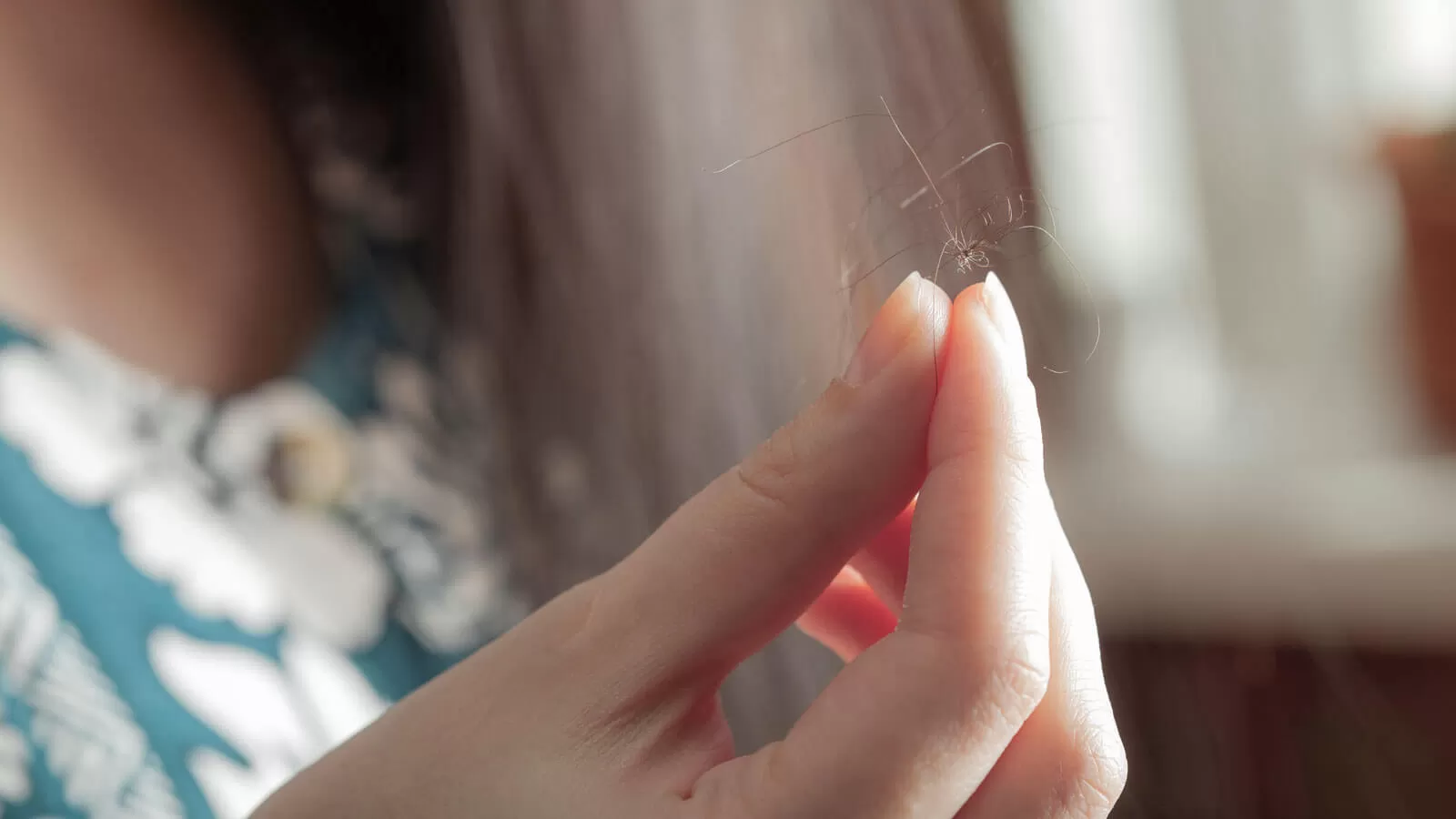
Living & Wellbeing
Adolescents with Alopecia Areata: What Caregivers Should Know
A lot of kids just want to fit in.1 But for too many, hair loss makes them stand out. For the one in 1,000 children and teens diagnosed with alopecia areata (AA), an autoimmune disease that causes the immune system to attack the hair follicles, hair loss can create practical challenges.2,3Youth with AA might feel too self-conscious for selfies, refuse to go out without a hat, or decline invitations to swimming parties or sports leagues for fear their wigs will fall off. In a 2017 study of 69...

Living & Wellbeing
Why the COVID-19 Incubation Period Changes and How That Can Affect Us
Terms like “quarantine” and “social distancing” have been a natural part of our lexicon since 2020.But many of us are not standing six feet apart in public spaces anymore or quarantining after a COVID-19 exposure prior to testing. After all, these actions are no longer recommended for those who are vaccinated.1 The state of emergency for the COVID-19 pandemic may have expired,2 but it is still possible to contract the virus. As new variants have emerged and recommendations have evolved over time...
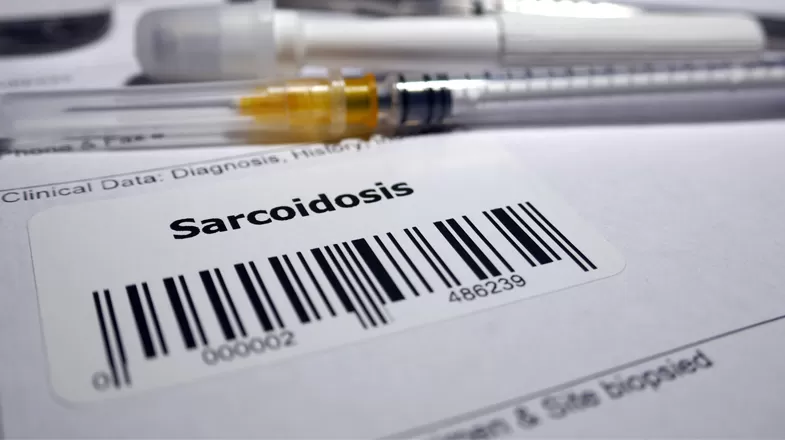
Living & Wellbeing
What is Sarcoidosis?: Your Questions Answered
Imagine waking up one morning and finding tender, red bumps all over your skin. Your vision is a bit blurry, so you check your eyes in the mirror. They’re red and teary. Is it allergies? Weeks go by, but you don’t get any better. One day, you feel feverish and short of breath, and you notice that your lymph nodes are swollen. Something is amiss. You make a doctor’s appointment, but the symptoms miraculously vanish. The cycle repeats for years as you bounce from doctor to doctor, taking...
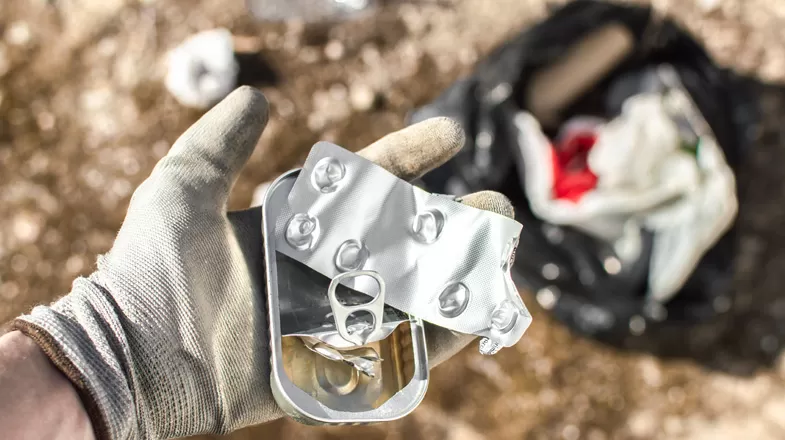
Living & Wellbeing
How to Dispose of Unused Medicine Responsibly to Protect the Environment
Would it surprise you to learn that taking prescription medication is part of the daily routine for an estimated 60% of adults in the United States?1 Each prescription comes with extensive instructions about how to take the medication but offers little guidance on how to dispose of unused medicine. Responsible medication disposal is important. Improper disposal of unused or expired medications has the potential to result in pharmaceuticals getting into the environment.2 In fact, pharmaceuticals...
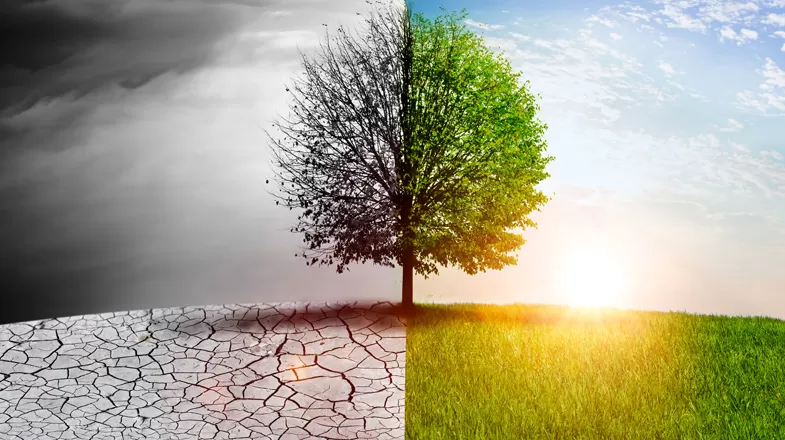
Living & Wellbeing
Five Ways Climate Change Impacts Our Health—and What We Can Do About It
It took a split second, recalls Louise Proud. Something in the air triggered an asthma attack in her 18-month-old daughter. The baby’s lips turned blue as Proud rushed her to the hospital in a panic. Thankfully, the healthcare team helped the child breathe normally, and she was back to herself quickly. But Proud’s sense of safety and stability didn’t snap back so readily. For her, it was a moment of realization about how the environment and health are intimately linked. Proud, who is Vice...

Living & Wellbeing
Heartburn, Acid Reflux, or GERD: What’s the Difference?
For many Americans, Super Bowl Sunday is as much an excuse to dig into snacks as it is to tune in for the game. Each year, we eat more than a billion chicken wings and 10 million pizzas.1,2 Then we wash it all down with more than 300 million gallons of beer. The resulting heartburn is often enough to raise antacid sales at 7-Eleven by 20% the day after the big game.1For about 60 million Americans, heartburn isn’t an aggravation isolated to one Sunday in February, but a condition they experience...
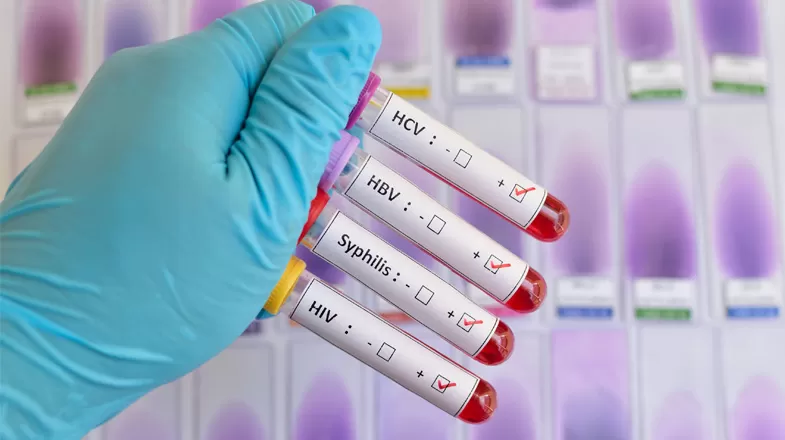
Living & Wellbeing
8 Common STDs: What You Need to Know
For many, isolation has been an inescapable part of life during COVID-19. However, new sexually transmitted disease (STD) data indicate that people are still managing to get together and contract more than just the coronavirus.In 2021, more than 2,000 babies were born with syphilis that they contracted from their mothers, according to preliminary Centers for Disease Control and Prevention (CDC) data on STDs. That figure represents a 108% year-over-year increase.1While the data are still being...
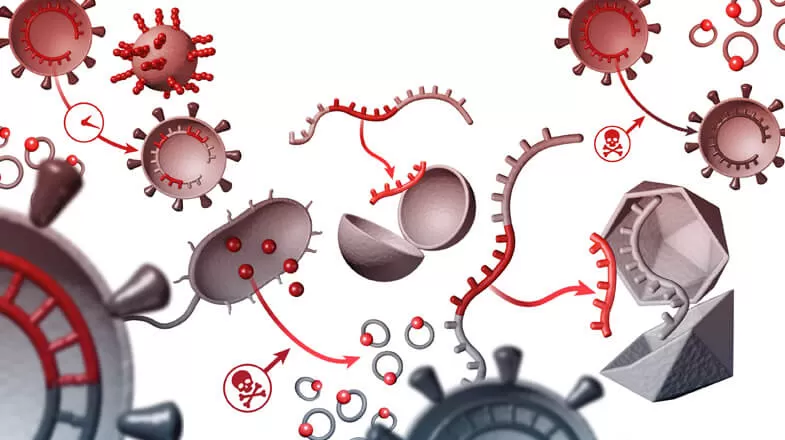
Living & Wellbeing
Understanding Six Types of Vaccine Technologies
Ever since the first vaccine was developed in 1796 to treat smallpox,1 several different methods have been created to develop successful vaccines. Today, those methods, known as vaccine technologies, are more advanced and use the latest technology to help protect the world from preventable diseases.2Depending on the pathogen (a bacteria or virus) that is being targeted, different vaccine technologies are used to generate an effective vaccine. Just like there are multiple ways to develop a...
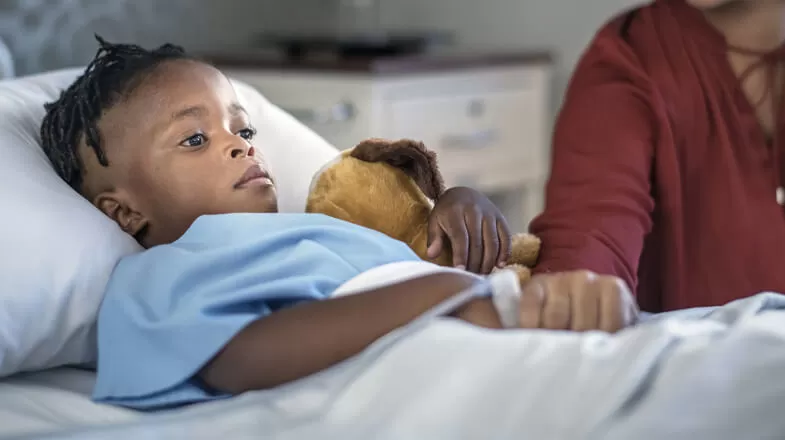
Living & Wellbeing
Finding Breakthroughs in Sickle Cell Disease: Patients and Advocates Lead the Way
In most types of clinical research, a large number of patients participate in studies that explore an experimental treatment or approach. This decades-old process is how some of the most impactful, and even lifesaving therapies have come to be, from cancer drugs to COVID-19 vaccines.1 But what happens when scientists need to study a rare disease, one that doesn’t affect a high percentage of people? And what if those who are affected don’t participate because of social disparities...
Media Resources & Contact Information
Anyone may view our press releases, press statements, and press kits. However, to ensure that customers, investors, and others receive the appropriate attention, Pfizer Media Contacts may only respond to calls and emails from professional journalists.
